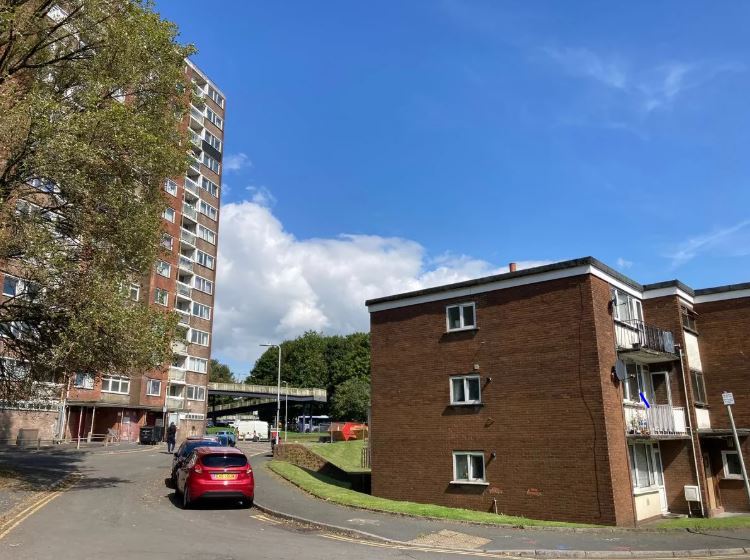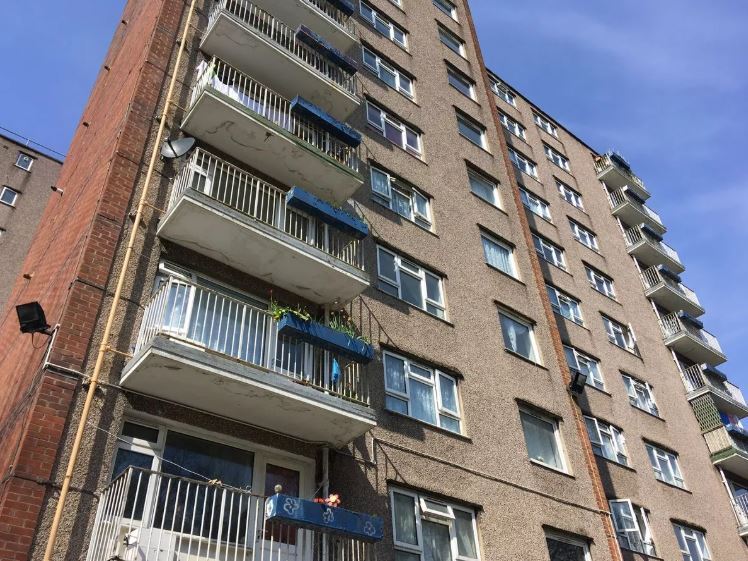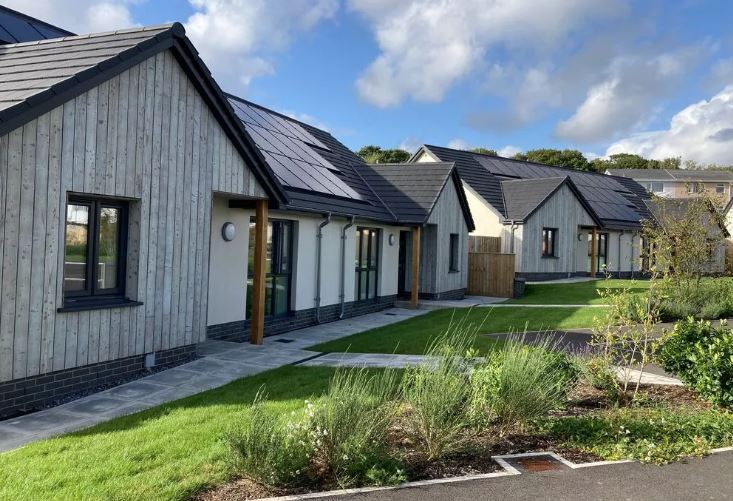SWANSEA Council may have to spend an average of £65,000 on every one of its houses, flats, and bungalows to meet a new housing standard, a meeting heard.
Cllr Andrea Lewis, deputy leader of the authority, said without additional Welsh Government money it will be “difficult if not impossible” to achieve.
Swansea is one of several councils which have retained their housing stock, and it has previously spent more than £500m to comply with a Wales-wide quality standard for social housing.
This resulted in things like new kitchens, bathrooms, boilers, and insulation upgrades for its homes, improving life for tenants.

A new housing quality standard has been developed by the Welsh Government, which includes high energy efficiency ratings coupled with minimal environmental impacts.
The idea is to decarbonise social housing – reducing Wales’ greenhouse gas emissions – by further upgrading insulation, adding solar panels, and replacing gas boilers with heat pumps for example.
The Welsh Government said social housing would be comfortable, affordable to heat, and safe as a result.
A report before the council’s cabinet said every property will need a report capturing their existing energy efficiency rating called a targeted energy pathway. These targeted energy pathways will help shape which upgrades are needed.
Cllr Lewis said achieving the new standard was now estimated to cost the authority £900m. Given that there are just over 13,800 council flats, houses and bungalows this works out roughly as £65,000 per property, although some will need more work than others.
Four years ago, a council report estimated that decarbonising the housing stock could cost around £350m – a year later another council report put it at £750m.
“Essentially we support the Welsh Government’s ambition to improve the quality of our [housing] stock in terms of energy efficiency for the benefit of our tenants but without additional further funding this will be difficult, if not impossible, to carry out,” said Cllr Lewis.
Cabinet went on to approve a policy setting out how it intended to meet and monitor the new housing standard, which it will submit to the Welsh Government, at the June 26 meeting.
The council will need to produce the targeted energy pathways for properties by the end of March 2027 and ensure all homes meet a certain energy efficiency standard – the equivalent of an energy performance certificate (EPC) C rating – three years later. EPC ratings go from A, the highest, to G, the lowest.
Full compliance with the housing standard is 2034 and by then the council’s stock needs to meet a higher environmental target – the equivalent of an EPC A rating.
Councils use tenants’ rents, borrowed money, and Welsh Government grants to upgrade their housing and not council tax.

Council leader Rob Stewart said it aimed to meet the new standard but that he didn’t think any local authority would be able to do so without external help.
Cardiff Council has estimated it would cost £866m to achieve it. There is also the question of finding enough skilled contractors to carry out the work.
The Welsh Government said Swansea Council was allocated £14m last year to help repair, upgrade, and retrofit its properties and that its grants alone were never intended to fund full compliance with the standard. It said it has offered to support the social housing sector investigate market solutions.
It added: “Last year we committed a record £256m on improving the quality of social homes in Wales, including their energy efficiency, through a mixture of grants and low-interest loans available to local authorities and social landlords.”















